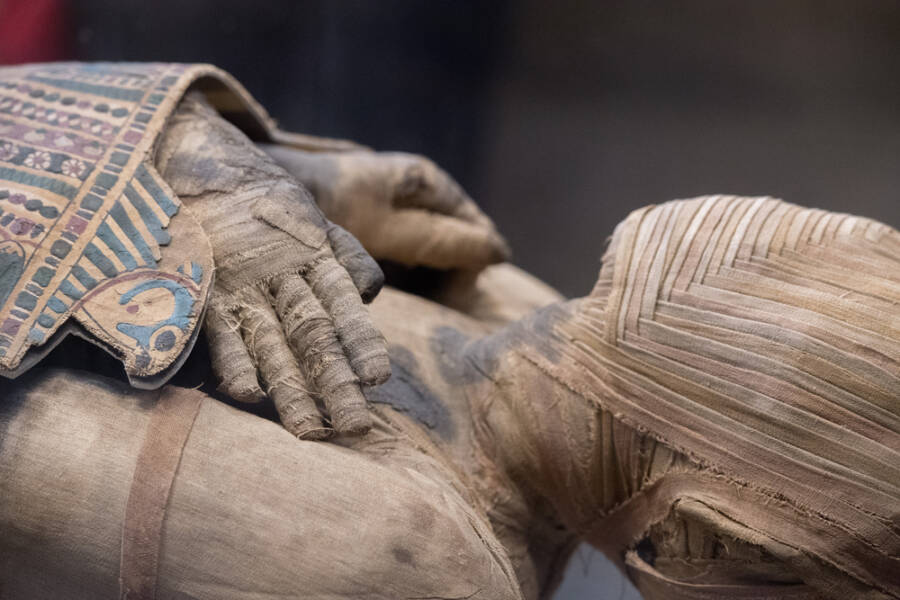Some historical terms sound harmless until you actually find out what they mean.
Even though history books are filled with tales of kings, queens, and epic conflicts, the truly fascinating parts are the ugly things they neglect to mention. The past wasn’t just weird—it was nauseating, from lice-infested powdered wigs to medical procedures that make scary films seem harmless.
When you learn that these historical terms refer to things like medieval hygiene, Beetlejuice, or the actual substance people used as medicine, they seem harmless enough. Therefore, if you find the modern world strange, fasten your seatbelt. You will cringe, laugh, and possibly grip your hand sanitizer more tightly as you hear these vintage words and expressions.
Below you will find some historical terms you probably don’t want to Google.

Immurement
This word sounds a bit unusual, or is it the first time you heard it? You’re not the only one. One of the first historical terms you don’t want to Google is immurement. This term meant putting a person alive inside walls and letting them die slowly.
Vestal Virgins in ancient Rome who broke their vows had to face this punishment because it was against the law to spill their blood. During the Middle Ages, nuns and monks who were ashamed were punished in the same way: they were locked up with no contact with other people and fed through small openings. This way of killing was both physically and mentally painful, showing how serious some crimes were.
Scaphism
Scaphism was a way of killing someone in Persia by putting them between two boats or hollowed-out logs with their arms and legs sticking out. They were made to eat honey and milk, which also covered their bodies and attracted bugs.
The combination of exposure, infestation, and waste caused a long, painful death. Greek historians wrote about this as one of the worst punishments in history. Yikes, scary!
The Iron Maiden
I think most people are familiar with Iron Maiden, right? Not with the heavy metal band, of course! A lot of the time, people think of the Iron Maiden as a medieval torture device. It was a cabinet the size of a person with spikes on the inside.
However, there is no solid proof that it was used in the Middle Ages, so it seems more like a myth than a fact. It was probably made up in the 1800s, but it came to stand for the cruelty of the Middle Ages.
Lingchi
I swear that one of the historical terms you don’t want to Google is lingchi. Warning: the descriptions are graphic! So, for those who read this term for the first time, lingchi is the cruel method of execution known as “death by a thousand cuts,” or lingchi, which was practiced in China from the tenth century until it was outlawed in 1905.
Small pieces of flesh were carefully removed from the victims during prolonged torture, which frequently ended in decapitation. This horrifying penalty was only applied to serious offenses and was meant to frighten the public. It is regarded as one of the most heinous execution practices in history.
Endocannibalism
It may sound weird, but in contrast to normal cannibalism, which involves species consuming members of the same species, endocannibalism is the practice of eating one’s close friends and family. It is an Indo-European tradition. Although it may seem disgusting in modern times, eating one’s loved ones was typically a funeral rite meant to honor the deceased or help guide their souls to the afterlife.
If you thought “historical terms you don’t want to Google” were wild, wait until you flip through Weird History: Bizarre Stories You Won’t Believe Are True. This short but unforgettable book is packed with jaw-dropping facts, strange people, and moments from history that sound too weird to be real, yet are. It’s fun, fast, and freaky in the best way. Perfect for curious minds or anyone who loves the strange side of the past!

Seppuku
This is one of the historical terms that is more familiar than others. The ancient Japanese samurai practiced seppuku, which began in the 12th century and was a very formal event. It was thought to be an honorable death of great sacrifice that people used after losing a battle, and later as a way to kill someone.
A ritual suicide in which the person stabs themselves in the stomach with a sword and then stabs up. Sometimes the practice would involve a slow, painful death, and other times a second person would come in and cut off the person’s head.
Rat Torture
Putting a rat on a person’s body and covering it with a container was part of rat torture. Then the container was heated. The rat would dig into the person’s flesh to get away. This method took advantage of rodents’ natural instincts to cause pain and was used in many cultures. It’s a scary example of how people have used animals as weapons in cruel acts.
Mummy Brown
One of the historical terms you probably don’t want to Google because it sounds gross is “mummy brown.” From the 16th to the 19th centuries, European artists used Mummy Brown, a pigment created by grinding up Egyptian mummies. The paint, which was prized for its deep, earthy hue, included real human remains.
The practice dwindled as people became more conscious of its roots, and artists looked for moral substitutes. Mummy Brown reminds us of historical insensitivity and is now a macabre footnote in art history.
Poena Cullei
The Roman penalty known as poena cullei was aimed at parricides, or people who murdered their parents. Criminals were thrown into a river after being sewn into a sack with live animals like dogs, monkeys, or snakes. This technique created a particularly horrible execution by fusing the chaos of confined animals with the fear of drowning. It emphasized how serious it was to break family ties in Roman culture.
Kiviak
Have you heard about Kiviak? This term is one of the historical references to the preservation of meat. It was a thing invented by the Inuit communities in Greenland. Kiviak is basically a dish made from hundreds of auk, which are tiny arctic birds, sewn into a seal carcass and allowed to ferment for several months. After the fermentation process, the birds are softened, but their intestines are removed, and they are otherwise eaten whole, including their bones, feathers, and beaks. People have likened it to blue cheese, despite its distinct flavor.
Foot Binding
When it comes to gross practices, foot binding was probably among the worst. In the Chinese custom of “foot binding,” young girls’ feet were securely bound to change their shape in an attempt to achieve the desired “lotus foot.”
Deformities, severe pain, and permanent disabilities resulted from this process. It continued for centuries as a status and beauty symbol despite its negative effects. Even though the practice was outlawed in the early 1900s, its legacy serves as a powerful reminder of the forces that shape society.
Had fun reading this article? Then you may want to check out: How Was Life in a Medieval Castle? 9 Interesting Things About It.





